Scientists have discovered evidence of a 250-mile wide crater in central Australia they believe was created by a colossal asteroid hundreds of millions of years ago.
The largest impact zone ever discovered is no longer visible on the Earth’s surface, researchers from the Australian National University said in a statement Monday, but could be identified by evidence buried deep in the earth’s crust.
The scientists had been drilling for another geothermal research project when, by chance, they came across rock layers that had been turned to glass, which usually signifies a high-energy impact. Their findings, published recently in the journal Tectonophysics, contributes to the understanding of the Earth in prehistoric times.
“Large impacts like these may have had a far more significant role in Earth’s evolution than previously thought,” said lead researcher Andrew Glikson. Still, the exact details of when the impact occurred remain unclear. While the rocks surrounding the impact zone are around 300 million years old, scientists said they have not yet found a similar layer in other sediments the same age.
“It’s a mystery — we can’t find an extinction event that matches these collisions,” Glikson said. “I have a suspicion the impact could be older than 300 million years.”
PHOTOS: This Astronaut's Images of Earth Look Like Beautiful Abstract Paintings
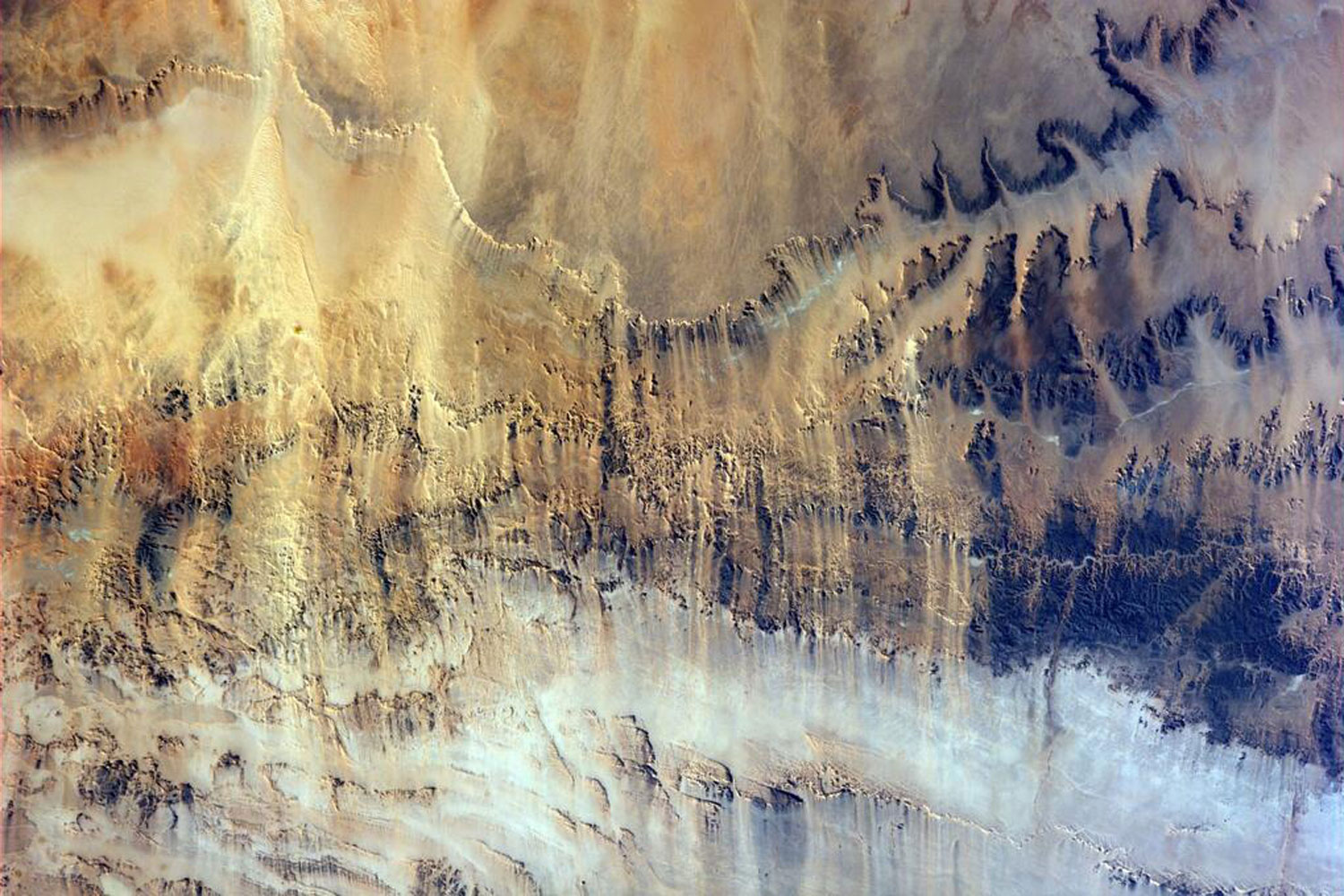
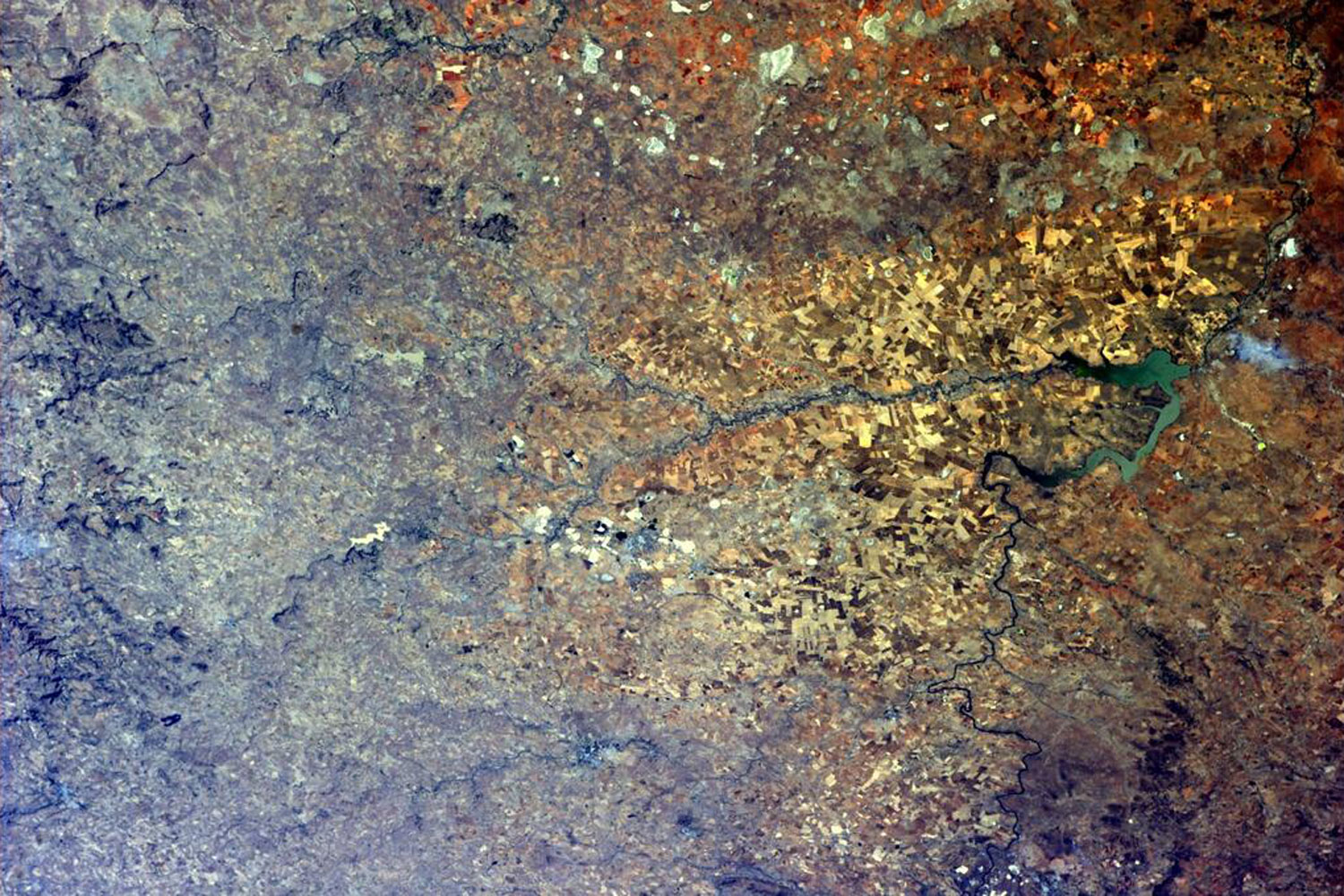
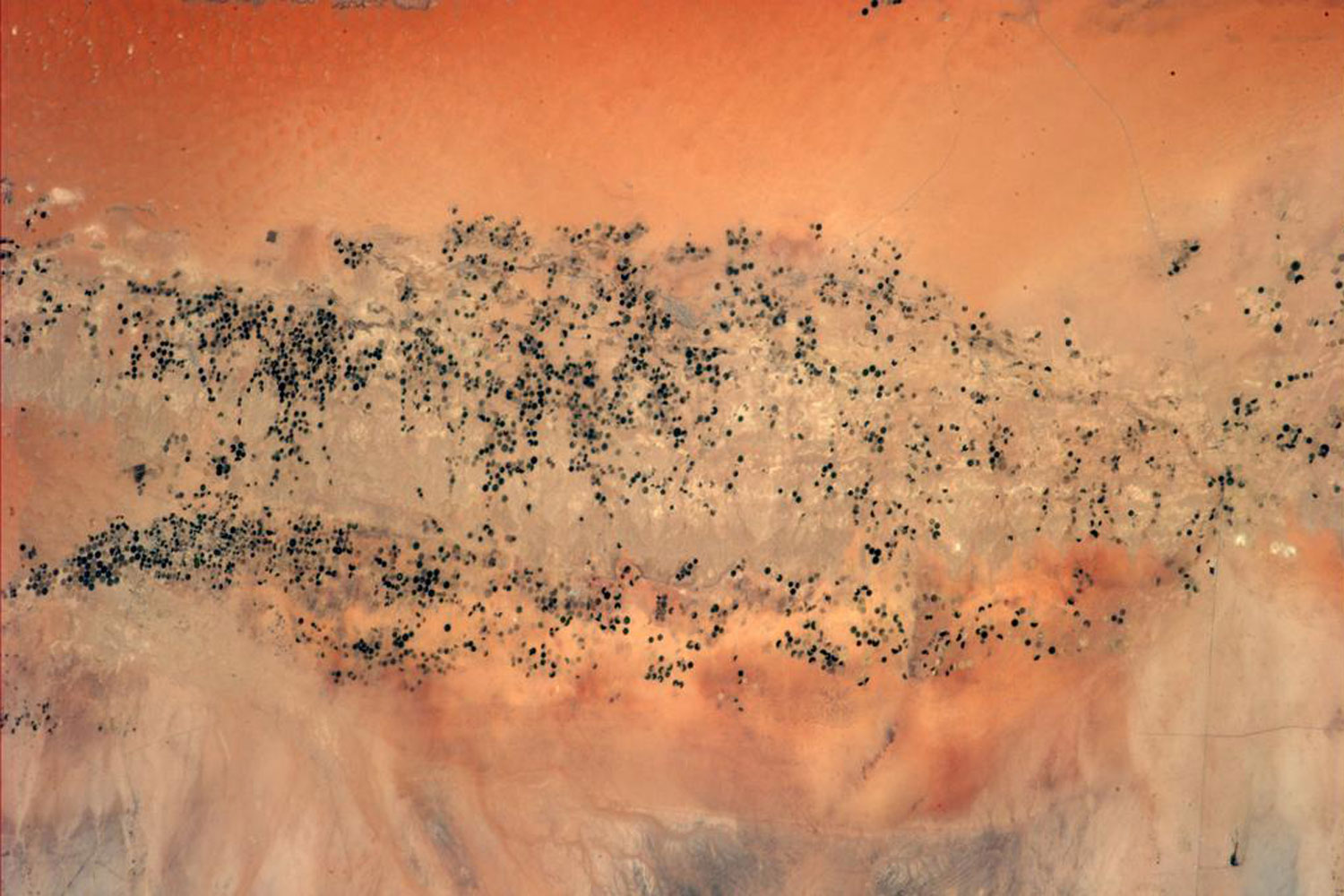
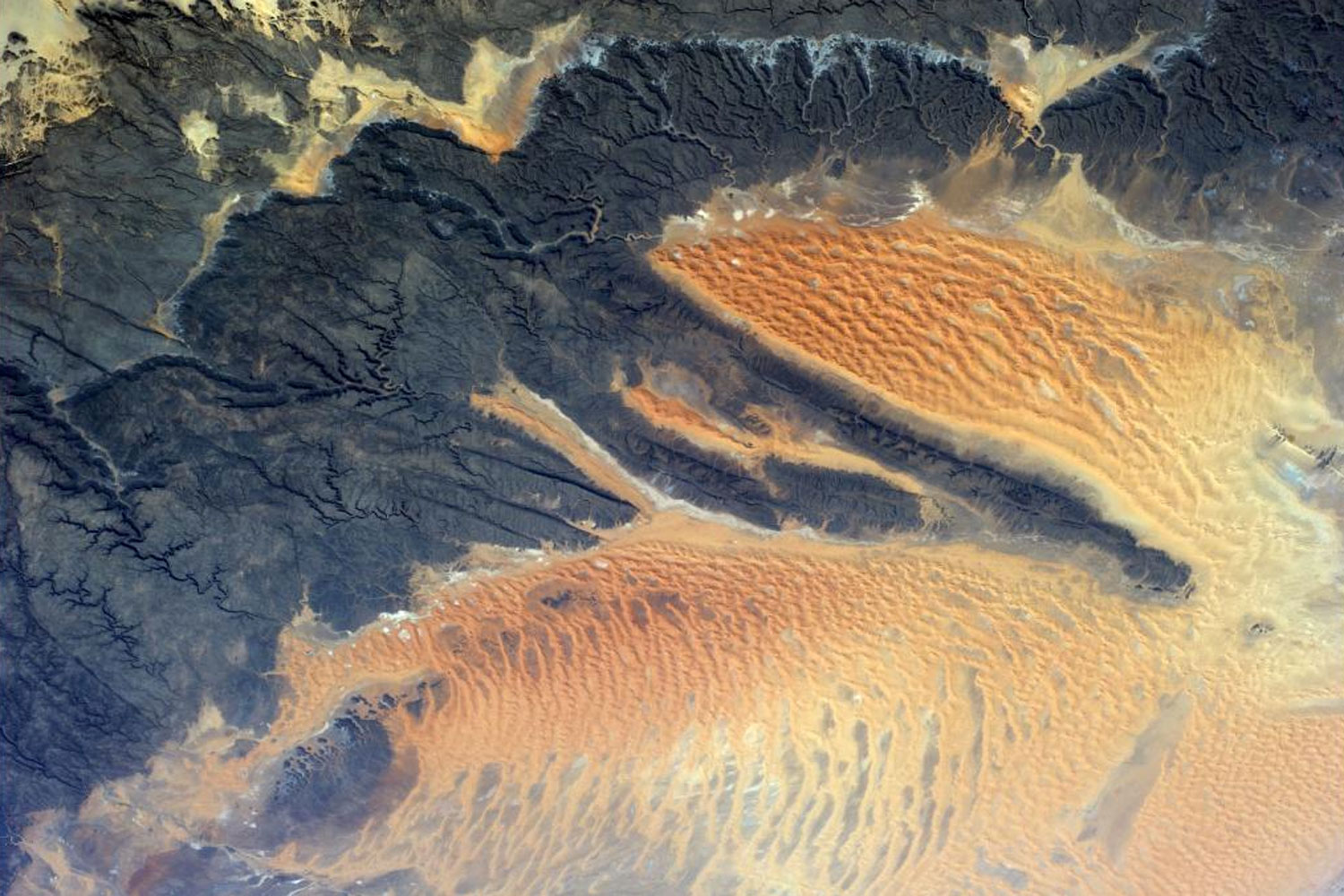
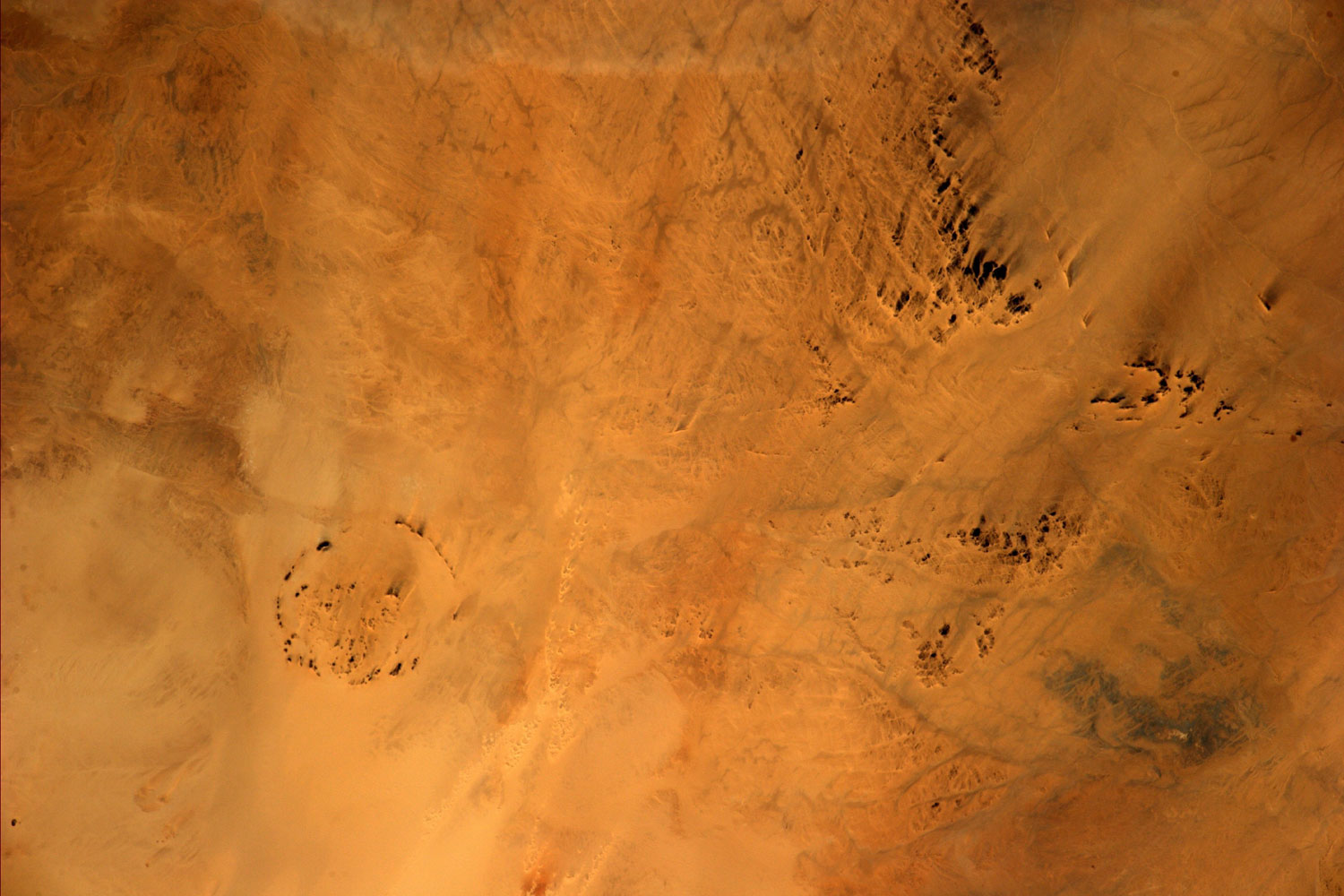

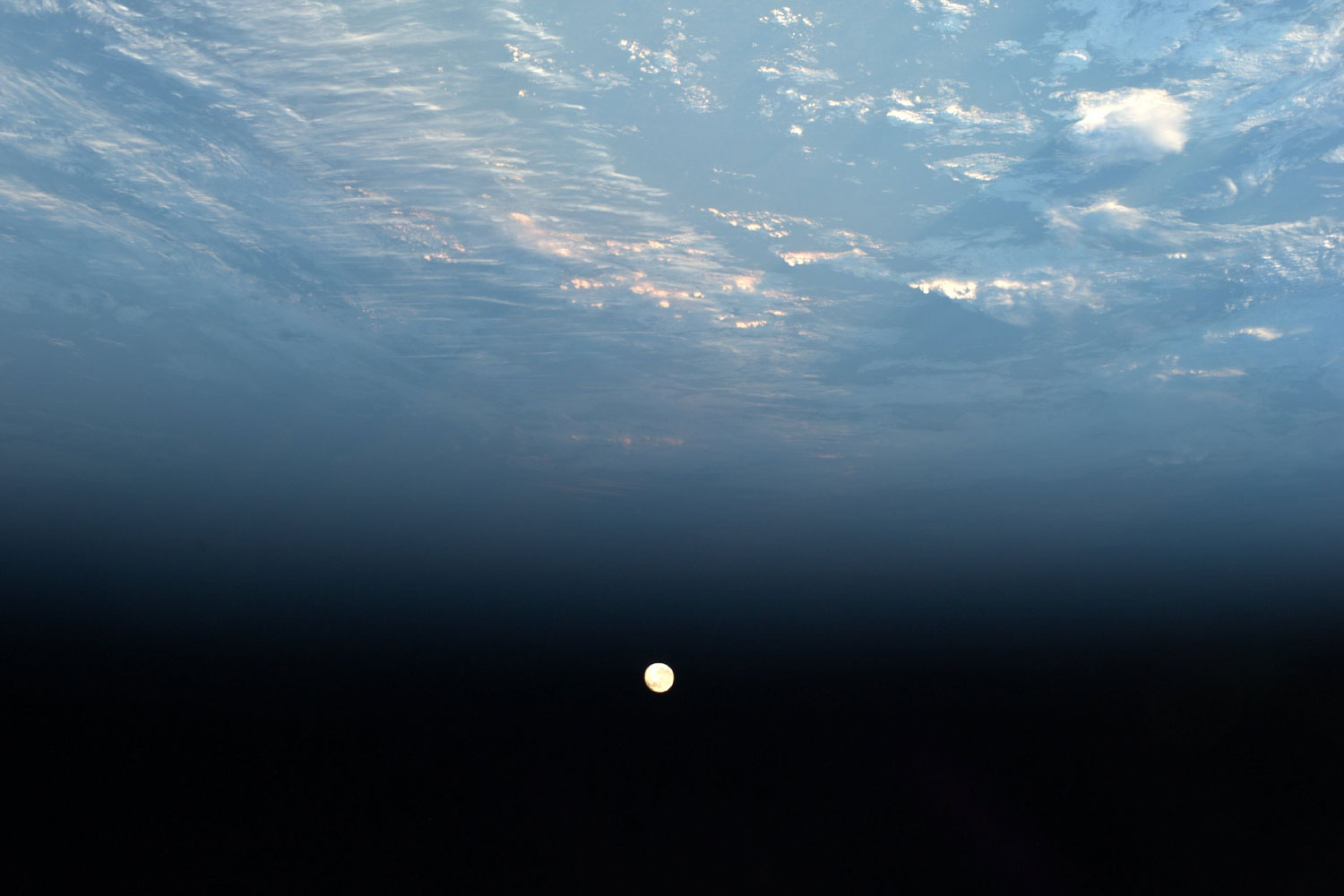

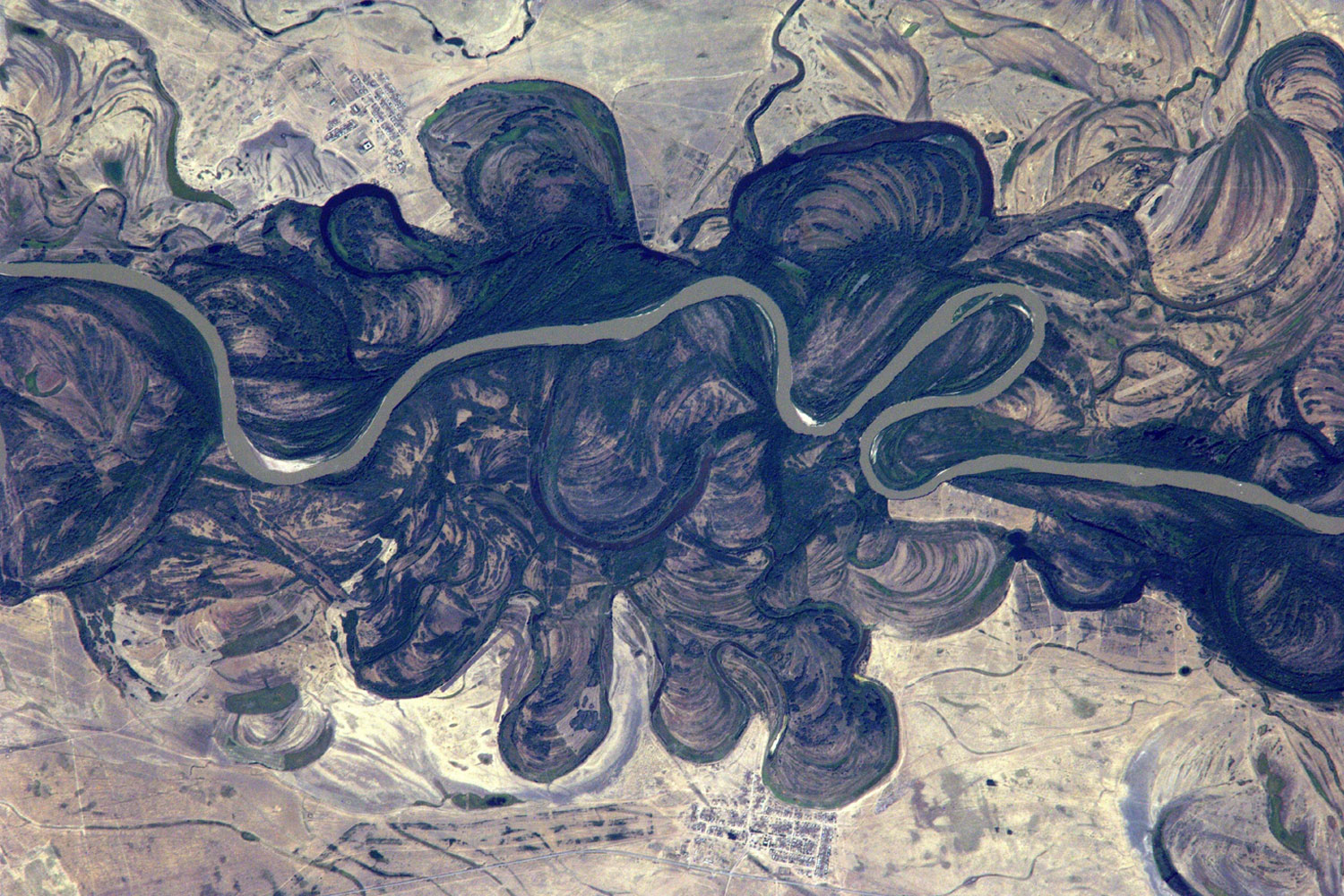


More Must-Reads from TIME
- Donald Trump Is TIME's 2024 Person of the Year
- Why We Chose Trump as Person of the Year
- Is Intermittent Fasting Good or Bad for You?
- The 100 Must-Read Books of 2024
- The 20 Best Christmas TV Episodes
- Column: If Optimism Feels Ridiculous Now, Try Hope
- The Future of Climate Action Is Trade Policy
- Merle Bombardieri Is Helping People Make the Baby Decision
Contact us at letters@time.com